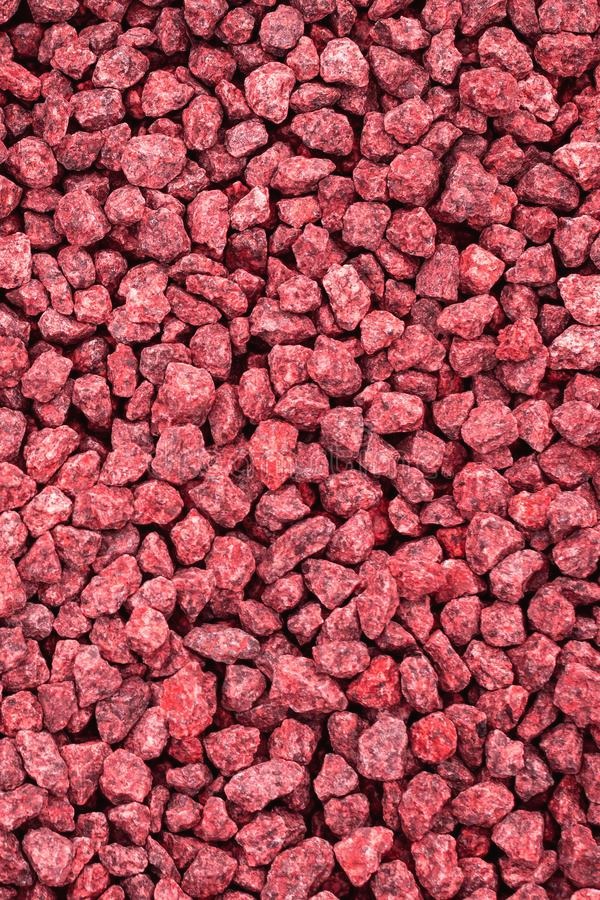티스토리 뷰
Part 1 Historical Overview and General Introduction
What are the two focuses of human hand function in 19th century?
1. Counting number of sensory modalities in hand
Early tactile concerns centered on issues related to determining the appropriate number of human sensory modalities and submodalities and to the varying sensitivity and spatial acuity of the skina cross the entire human body when stimulated by mechanical and thermal forms of energy.
2. Skin's sensitivity to applied pressure
Another important focus during the late 19th century was the skin's sensitivity to applied pressure. The German physiologist Max von Frey (1896) invented two instruments that were used to study pressure sensitivity and the location of “touch” spots on the skin.
What are the two important findings of human hand function in 19th century?
1. Weight sensing is more precise when tacticle sensing is combind with lifting.
Weight discrimination is precise with touch alone (i.e., tactile sensing), it is always more exact if the weight is lifted by the hand (i.e., active haptic sensing). The ability to discriminate between weights of different mass by voluntary muscular exertion was termed a sense of force (Frey, 1914)
2. Proximal joints are more sensitive in detecting both active / passive movements
He found that the thresholds for detecting both active and passive movements were much smaller for more proximal joints, such as the shoulder, as compared to the distal finger joints.
How is the Goldscheider's experiment conducted? I don't know.
Maybe by moving a parcipant's limb using external forces while restraining the cataneous sensations.
What is the dualistic mindbody philosophy of Descartes? What is the physical magnitudes?
Dualism: Descartes proposed that reality consists of two fundamentally different kinds of substances:
- Mind (Res Cogitans): The realm of thought, consciousness, and mental phenomena. According to Descartes, the mind is non-material, not subject to the laws of physics, and is the essence of self-awareness and rationality.
- Body (Res Extensa): The realm of physical substance, which includes matter and the physical laws governing it. The body is material, occupies space, and can be described in terms of mechanics and physics.
I think the physical magnitudes here are abut the perceptual events.
In keeping with Fechner's significant move away from the dualistic mindbody philosophy of Descartes, these researchers also began to explore the functional relation between numerically assessed sensory magnitudes of perceptual events and their corresponding physical magnitudes.
What is the sensorimonitor continuum of human hand function? (left: sensor, right: motor) draw it and explain them focusing on the difference.

What are corollary discharge (CD) and efference copy (EC)?
Corollary Discharge
Definition: Corollary discharge (CD) is a copy of the motor command sent by the brain to the muscles, which is also sent to sensory areas of the brain.
Function:
- Sensory Prediction: It helps predict the sensory consequences of an action. For example, when you move your eyes, CD signals can predict the visual changes that will occur as a result of the eye movement.
- Distinguishing Self-Generated Actions: By comparing the predicted sensory feedback from CD with actual sensory feedback, the brain can distinguish between sensory changes caused by self-generated actions and those caused by external stimuli.
Efference Copy
Definition: Efference copy (EC) is essentially another term for corollary discharge, referring to the internal copy of an outgoing motor command (efferent signal) that is sent to other parts of the brain.
'Research (연구 관련)' 카테고리의 다른 글
| HHF Part3 - Neurophysiology of Hand Function (0) | 2024.08.09 |
|---|---|
| HHF Part2 - Evolutionary Development and Anatomy of the Hand (0) | 2024.08.05 |
| Pytorch Lightning (0) | 2024.08.02 |
| What is Conformal Prediction? (1) | 2024.07.23 |
| What are "Spherical harmonics"? (0) | 2024.07.01 |
- Total
- Today
- Yesterday
- Generative model
- 인터뷰
- Machine Learning
- Virtual Camera
- 컴퓨터비전
- nohup
- VAE
- Pose2Mesh
- 2d pose
- Docker
- pyrender
- demo
- world coordinate
- part segmentation
- pytorch
- 에디톨로지
- Interview
- Transformation
- deep learning
- spin
- 비전
- nerf
- 피트니스
- 헬스
- camera coordinate
- focal length
- 머신러닝
- 컴퓨터비젼
- densepose
- 문경식
| 일 | 월 | 화 | 수 | 목 | 금 | 토 |
|---|---|---|---|---|---|---|
| 1 | 2 | 3 | 4 | 5 | ||
| 6 | 7 | 8 | 9 | 10 | 11 | 12 |
| 13 | 14 | 15 | 16 | 17 | 18 | 19 |
| 20 | 21 | 22 | 23 | 24 | 25 | 26 |
| 27 | 28 | 29 | 30 | 31 |
